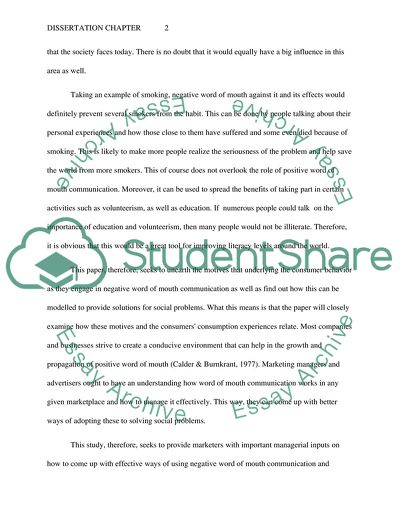Cite this document
(“Word Mouth in Advertising Dissertation Example | Topics and Well Written Essays - 2250 words”, n.d.)
Word Mouth in Advertising Dissertation Example | Topics and Well Written Essays - 2250 words. Retrieved from https://studentshare.org/journalism-communication/1702124-word-mouth-in-advertising
Word Mouth in Advertising Dissertation Example | Topics and Well Written Essays - 2250 words. Retrieved from https://studentshare.org/journalism-communication/1702124-word-mouth-in-advertising
(Word Mouth in Advertising Dissertation Example | Topics and Well Written Essays - 2250 Words)
Word Mouth in Advertising Dissertation Example | Topics and Well Written Essays - 2250 Words. https://studentshare.org/journalism-communication/1702124-word-mouth-in-advertising.
Word Mouth in Advertising Dissertation Example | Topics and Well Written Essays - 2250 Words. https://studentshare.org/journalism-communication/1702124-word-mouth-in-advertising.
“Word Mouth in Advertising Dissertation Example | Topics and Well Written Essays - 2250 Words”, n.d. https://studentshare.org/journalism-communication/1702124-word-mouth-in-advertising.


